The Behringer Edge is an exciting synth at its price point, but when paired with the Crave in a setup like mine, it becomes a bit of a logistical nightmare. I built this wooden stand to keep the Edge on top and the Crave below, thinking it would make patching and playing more convenient. Turns out, not so much.
The patchbay placement on the Edge (and of course the crave) right at the top, really works against you in a setup like this. Once you start patching cables, it quickly becomes an entangled mess, making it hard to tweak the knobs underneath. Compared to the Moog DFAM's side-mounted patchbay, this feels like a step backward in usability. I often find myself accidentally pulling cables out or knocking knobs when I’m trying to adjust something.
That said, the sound is nothing short of impressive. The Edge brings a raw, aggressive tone that complements the Crave’s character nicely. Together, they’re capable of creating some wild textures and percussive patterns. However, the workflow isn’t as smooth as it could be, largely due to the Edge’s design quirks.
Feature-wise, the Edge delivers plenty of creative options with its sequencer and modulation possibilities, but the overall experience feels a bit rough around the edges (pun intended). It’s a lot of fun to jam with, especially if you’re into experimental or hard-hitting electronic music, but don’t expect the polish and user-friendly design of the Moog DFAM.
A great budget-friendly entry into the world of semi-modular percussion synths. Just be prepared for some patching headaches if you’re using it in a tight setup like mine. It’s not perfect, but it’s definitely worth the ride.


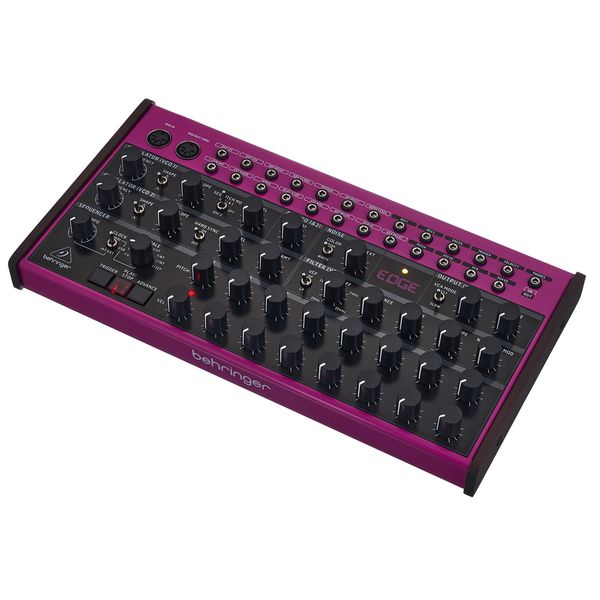
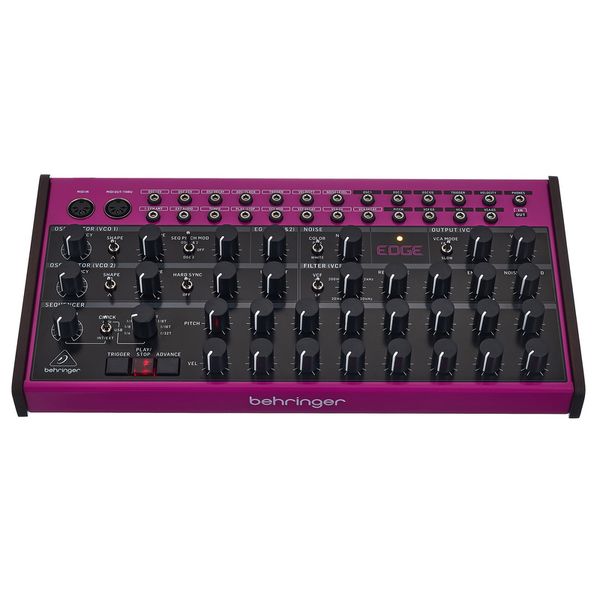
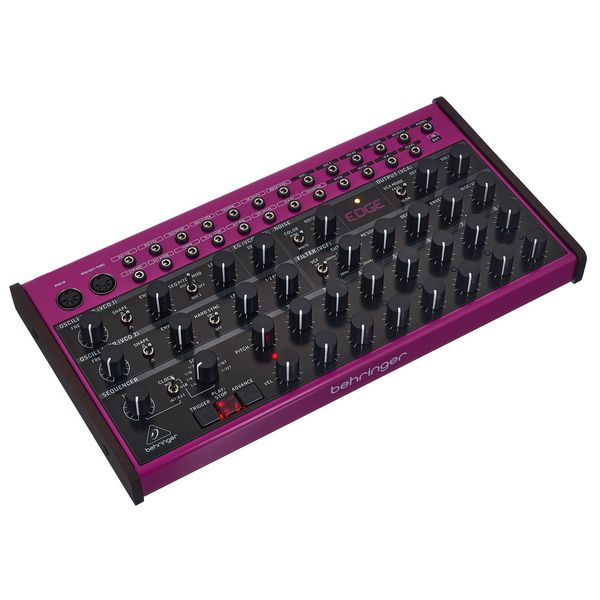
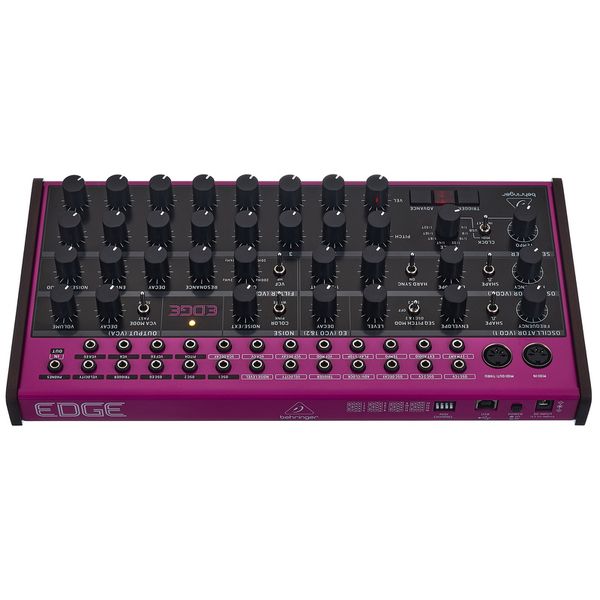
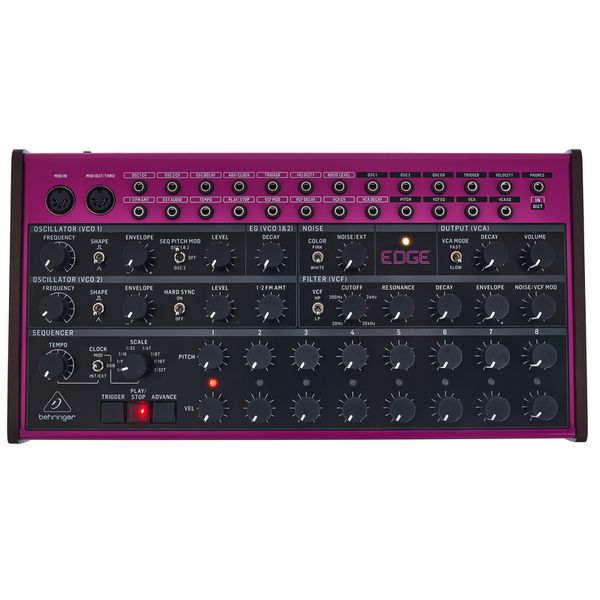
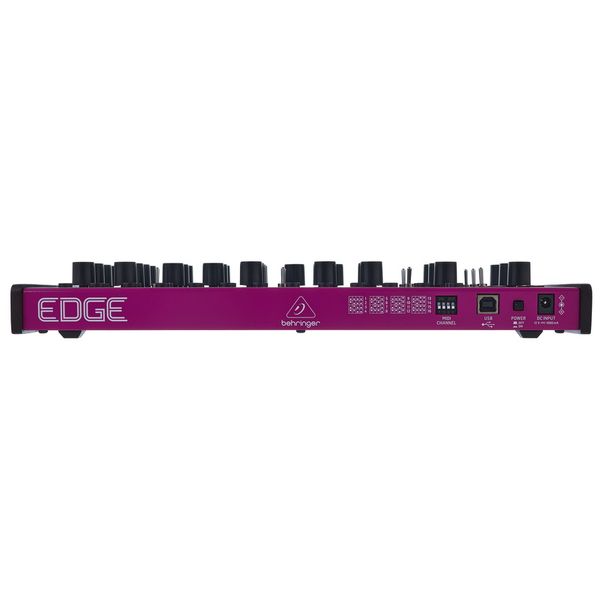
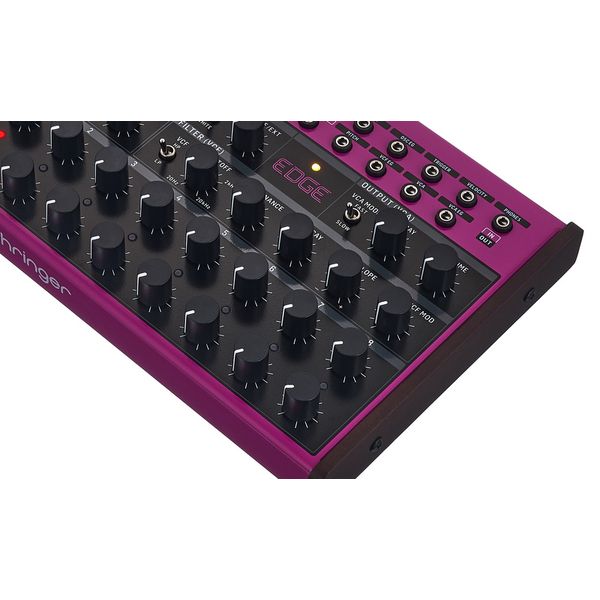
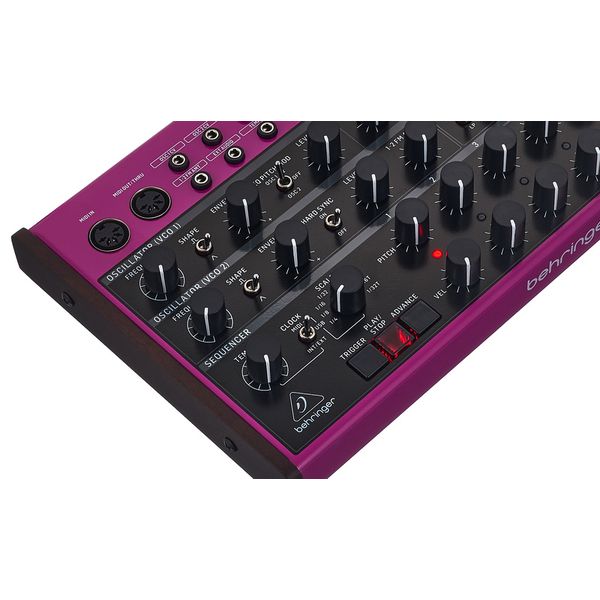
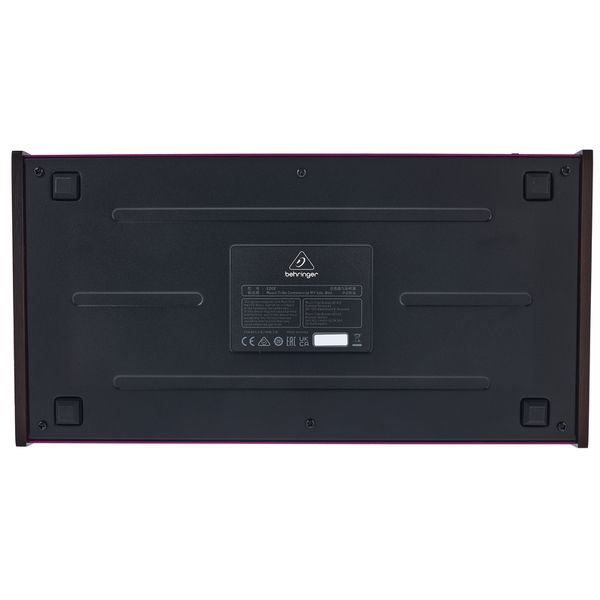
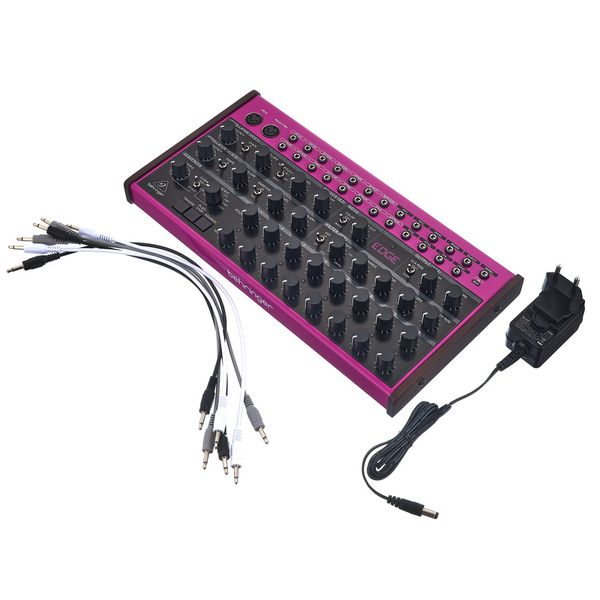











)
)
)
